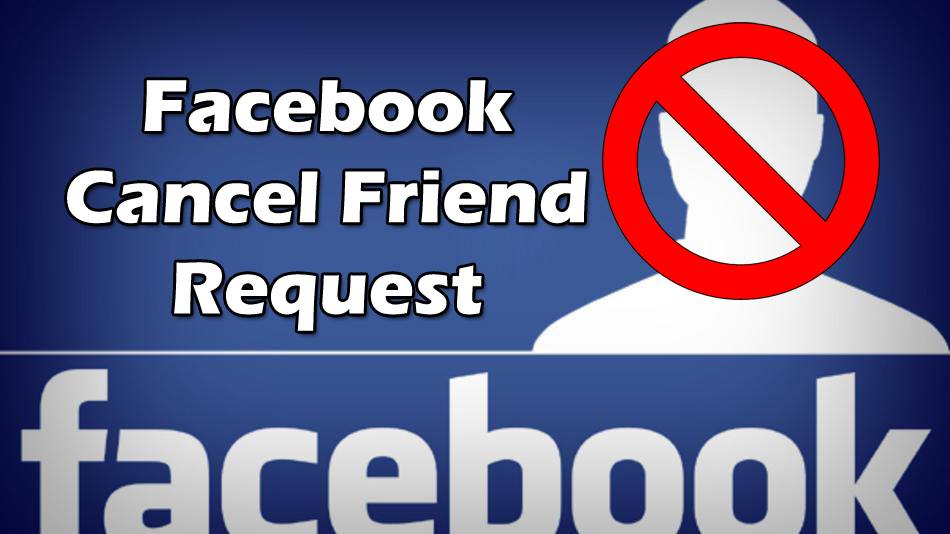
Did some gorgeous model send you a friend request on Facebook? You search your memory but can’t remember the person who wants to add you as a friend. Are they for real or is this a fake friend request? Be suspicious; the person may be after information that you don’t want to share with a stranger.
Why Someone Sends a Fake Friend Request:
You may receive fake Facebook friend requests for any number of reasons — some harmless, some malicious. Types of people who send fake or malicious friend requests include:
1. Scammers:
Scammers create fake Facebook profiles and request to be your friend to gain access to personal information that you restrict to “friends only.” This information may include your contact information for spamming or other personal information that might be useful in setting you up for a phishing attack.
2. Malicious linkers:
You may receive friend requests from attackers who post malicious links to malware or phishing sites that end up in your Facebook news feed after you accept the friend request.
3. Catfishers:
As the MTV television show “Catfished” has shown repeatedly, the person behind that sexy profile picture may look nothing like the picture. Catfishers create elaborate online profiles using pictures of models in an attempt to hook victims looking for love online. They may send out random friend requests to huge numbers of people before finding a willing victim.
4. Ex-wife, ex-husband, ex-girlfriend, ex-boyfriend:
If a relationship ends badly and you unfriend the person, you may think your ex is out of your circle of Facebook friends. However, your ex can find a way back to your Facebook account by creating a false profile and befriending you using an alias. They keep up with what you are up to without you knowing your ex on the other side of the screen.
5. Current wife, husband, girlfriend, boyfriend:
If your spouse or significant other is testing your fidelity in an unscrupulous manner, they may resort to creating a false profile with an attractive profile picture to test you by seeing if you respond to suggestive posts or chats. Your spouse could record this information with the intent of using it against you later.
6. Private investigators:
Private investigators can use false profile friend requests to learn more information about you — the kind of information that you normally restrict from public view and reserve for friends only.
How to Spot a Fake Friend Request
Be on the lookout for clues that a friend request might not be genuine. Ask yourself these questions to determine if the friend request might be from a fake profile:
- Do you know the requester or have any friends in common? If your answer is “no,” you have your first clue. If you can’t recall meeting the person in real life or meeting through any mutual friends, then the friend request may have been sent to you under false pretenses. Check the person’s friends list if it’s viewable and click the mutual list to see anyone you both know. Check with your mutual friends to see if they know the person.
- Is the friend request from an attractive person of the opposite sex? A guy who gets a random friend request from a beautiful woman he doesn’t know should suspect a ruse. The same holds true for the ladies. A friend request with a picture of an attractive person posing provocatively is the bait often used by people who create fake friend requests.
- Does the request come from a person with a limited Facebook history? If according to their Facebook timeline, the person joined Facebook a short time ago, this is a clue that the friend request is bogus. Most legitimate Facebook users have a long history on their timeline dating back several years. Fake profiles are often created hastily, and most profiles indicate when the person joined Facebook. If the requesters Facebook account and timeline were created 12 days ago, then the person is most likely trying to scam you.
- Does the person have an unusually small or large number of friends and are they all the same sex? Fictitious profiles may have an extremely small or impossibly large number of friends on their friends list. The reason? They have likely spent little effort setting up the fake profile, or they shotgunned a ton of friend requests out and received a ton of responses. Another clue is the sex of those on their friends list. Depending on who the person behind the fake profile is targeting, you will likely see friends that are predominantly of the opposite sex of the requester since that is likely who the person is targeting with the fake friend requests. If the request is from a lady targeting men, expect almost all men in the friends list, instead of a mix of men and women like you would expect from a real person.
- Is there little personal content on their timeline? You likely won’t see a lot of day-to-day activity on a fake profile because of the effort required to generate “real” content. You may see some pictures, perhaps some links, but you probably won’t see a lot of location check-ins or status updates. This may or may not be true for scammers of the catfishing type, as they may spend a lot of time and effort making their online persons seem as real as possible.
Next time you receive a random friend request, ask yourself these questions and use your answers to determine whether you have just spotted a fake friend request. When in doubt, the best action is not to accept the request.
Article By – Harshita C. Jadhav
Thank you for the information.